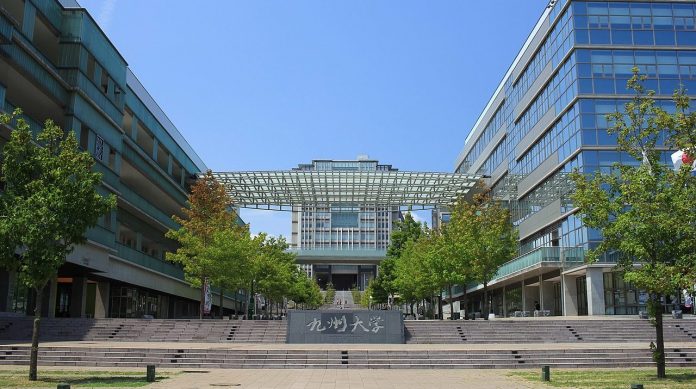Scientists from Japan’s Kyushu University have developed a surface treatment method for perovskite cell production they say reduces hysteresis – an effect which afflicts perovskite devices because their output depends on a variety of previous inputs rather than just their immediate condition, rendering performance less predictable.
In perovskite cells, hysteresis is strictly dependent on the composition of the material. Ion migration and non-radiative recombination near interfaces are generally considered responsible for the effect.
The Kyushu group say cell degradation in perovskite devices, as well as current-voltage hysteresis, can be suppressed by chemically modifying a cell’s tin(IV) oxide (SnO2) layer with a self-assembled monolayer (Sam) of fullerene derivative C60 pyrrolidine tris-acid (CPTA). The researchers say their approach overcomes the two most common hurdles to perovskite solar cell performance.
Results
The team developed eight planar devices based on the CPTA-Sam approach which offered conversion efficiencies of 18.06-18.12%. Stability was then compared to that of similar cells without CPTA-Sam modification, under continuous illumination of 100 mW/cm−2, near a maximum power point.
The Kyushu scientists observed the conversion efficiency of the non CPTA-Sam cells fell considerably compared to their modified devices. “It is worth mentioning here that perovskite solar cells with the CPTA-Sam had no decrease of the power conversion efficiency after 1,000h of the continuous illumination,” the group stated. “Furthermore, we obtained the improved stability with the CPTA-Sam under the illumination even at a high temperature of 60 degrees Celsius.”
The academics found the non-CPTA-Sam cells suffered pronounced current-voltage hysteresis but the phenomenon was not observed in the modified devices, even at 60 degrees Celsius.
Explanation
The Kyushu group said factors such as unbalanced charge transport, a ferroelectricity capacitive effect and defect-induced electronic traps – which are known to induce J-V [photocurrent density-voltage] hysteresis – may have changed simultaneously in the cells when the SnO2 surfaces were treated differently, in addition to the effect of ion migration.
Understanding how current-voltage hysteresis affects perovskite cell performance remains one of the main hurdles to overcome before the technology can reach commercial production. The parameters influencing hysteresis may have been outlined but little research has been carried out into scan direction‐dependent J-V curves in perovskite devices, according to a paper published last year by scientists from Sungkyunkwan University, in South Korea. That study, which proposed new methodologies in search of hysteresis‐free perovskite solar cells, suggested interfacial engineering might be an effective approach.






